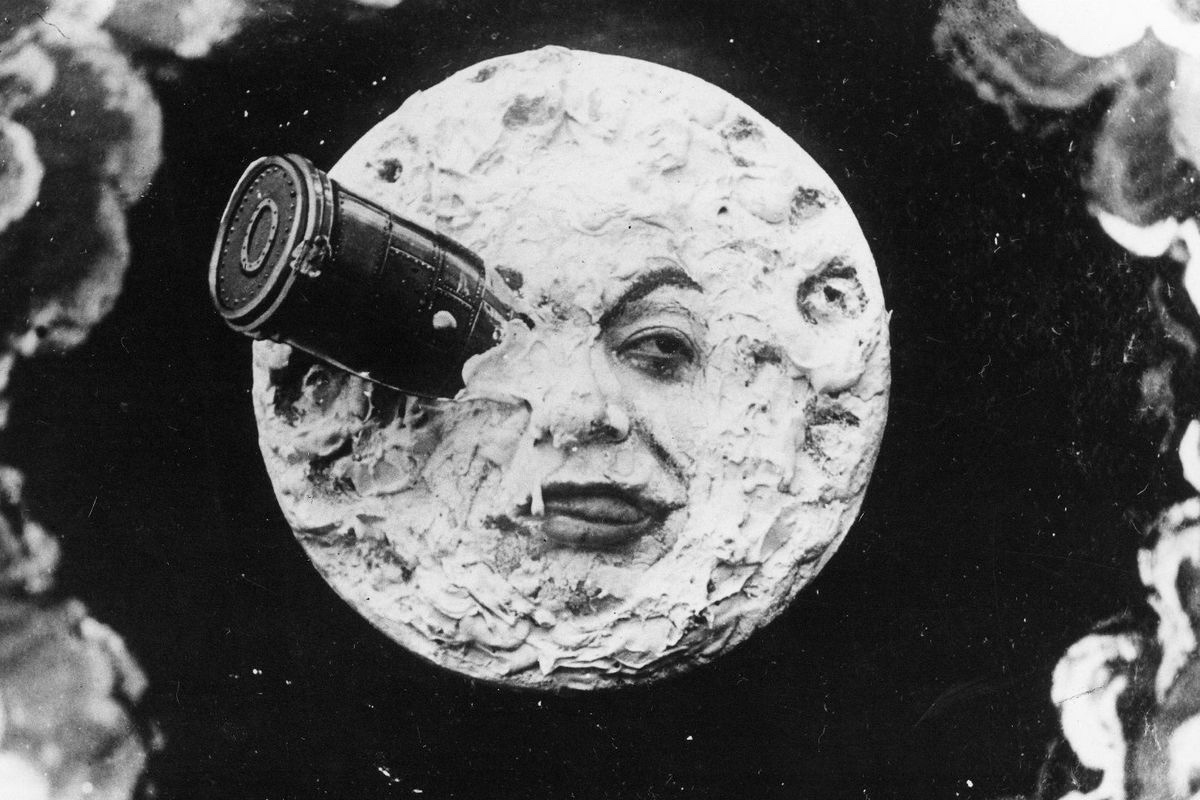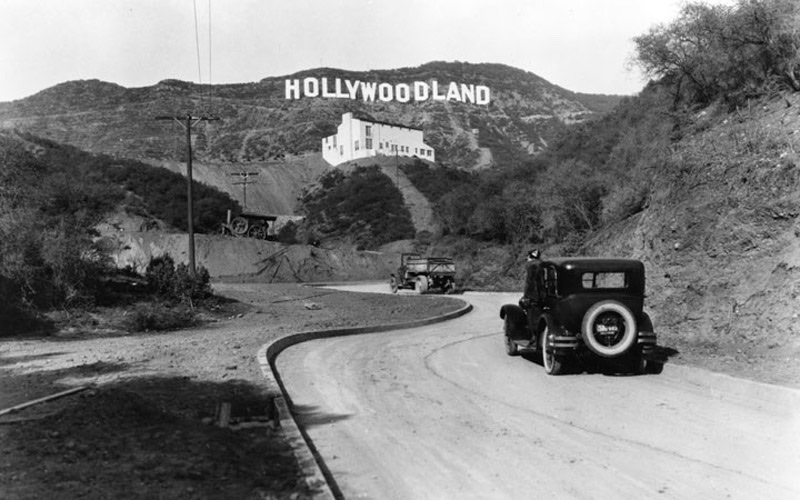Up until 1892 film wasn’t really film. It was just a meagre sea-side attraction, something that rapidly played images to create the illusion of a moving photo. The first film was invented in 1892, when inventor and entrepreneur Thomas Edison created the kinetograph. This was the first ever motion picture camera that would play film tape. Film tape was equally important, invented by Louis Le Prince in the late 1880’s, it was a celluloid tape that, when exposed to light, would project an image. This was the first ingredient in film, the kinetograph was the plate it was served on.
Whilst innovative, the kinetograph could only be viewed by one person at a time, and through a small peephole at that. It was the Lumiere Brothers that invented the cinematographe. This was different from the kinetograph since it was also capable of projecting images! This changed everything,as it meant that movies could be viewed by more than on person at a time, cinemas could be opened up, new film making techniques could be invented. This new device could record, develop, and most importantly project film! Film-making now had the capability of becoming an industry, rather than a curious novelty.
On December 28, 1895, the Lumiere Brothers filmed a movie. It took place at the Grand Cafe in Paris, France. This was one of the biggest innovations of the decade, and opened up thousands of possibility’s for aspiring directors, starts, producers, etc.
George Melies also had a big impact on the creation of film. One day George was filming with his camera, when suddenly it turned off. He turned it back on again and proceeded filming, but after watching the tape that he’d produced he noticed when the camera turned off, everyone in frame tuned into something else! Men were replaced with women, a woman with a horse! Melies was the first person to realise that substitution splices could be used to make it look as if the camera was swapping places. Now, film didn’t have to be one large continuous shot, but could be recorded in multiple places, and swap whenever. This shocked audiences, as it was such a new innovation in the world of cinema.

George Melies is also said to have introduced double-exposure in film in 1898. This was another trick that George used to simulate illusions on the screen. This involved paying two tapes over one another, exposing both of them to light to create a moving image, but letting one stop at a point and the other continue. This creates the image of two separate rethinks happening at the same time. It was used to make it look as if a ghost was leaving someones body, or their spirit leaving their unconscious body, as seen in the 1924 comedy Sherlock Jr.(Buster Keaton, 1924).
Since film was becoming a massive industry by now, more people wanted to make money out of it. In December of 1895 the first cinema was established. This provided a means for filmmakers to show their works to bigger audiences, and make profit from the ticket sales. Most cinemas were actually just made from old theatres though, since they were the main from of entertainment up until now. This provided a means for movies to become an enormous industry, and with the creation of Hollywood it was now seen as a golden opportunity to invest in.
This is why in 1893 film studios were established by entrepreneurs. These companies started to set themselves up in Hollywood, and found new ways of making money. They would project movies on bigger screens, with bigger, more beautiful stars. Company’s like Warner Bros and Paramount competed for more sales. They bought actors from each other, battled over better directors, invested in larger screenings. They knew that they would make more if they made it an experience for the viewer. They bought the film makers, studios, equipment, and the cinemas in which they screened the films. They utilised this massive industry for a massive profit, and became extremely powerful from it.
Colour was first implemented into film in 1917, in the movie The Gulf Between(Wray Bartlett Physioc, 1917). It was accomplished by playing a film through two projectors, one with a red filter and one through a green one. This was revolutionary, and played a pivotal role in making films come to life! Up until this point synchronised sound was not an aspect of film, and the only audio in a movie was typically music added in for effect. There was no dialogue until 1927, when actor Al Jolson ad-lobbed a few words in the movie The Jazz Singer(Alan Crosland, 1927). This was massive, as now messages didn’t have to be conveyed to the audience through text on the screen or the way that the actors moved.

You must be logged in to post a comment.